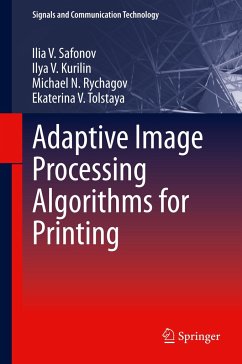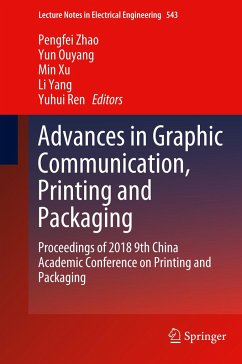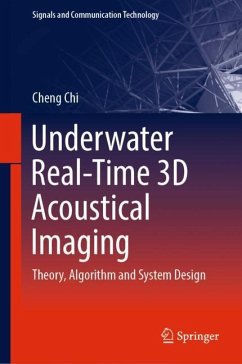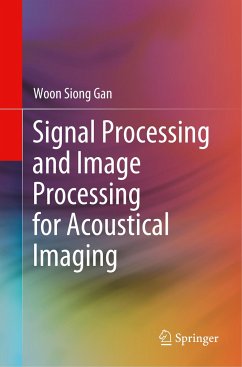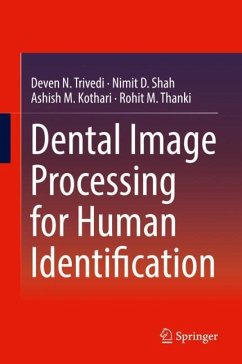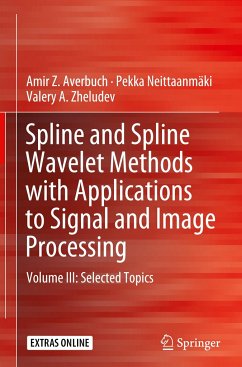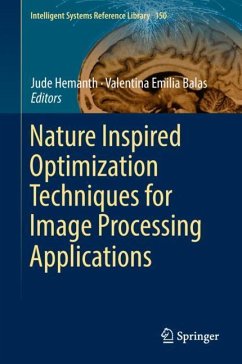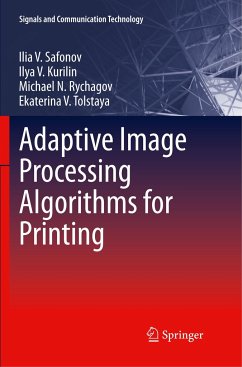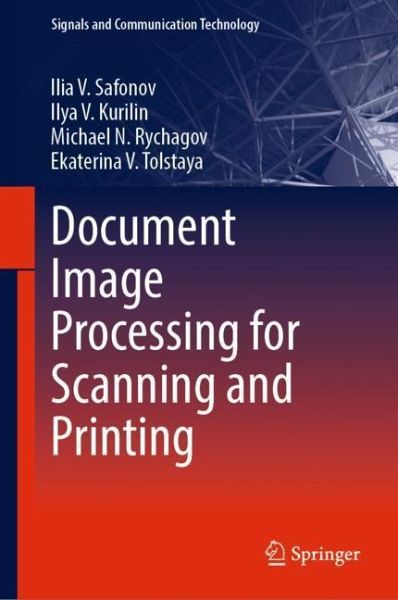
Document Image Processing for Scanning and Printing

PAYBACK Punkte
39 °P sammeln!
This book continues first one of the same authors "Adaptive Image Processing Algorithms for Printing" and presents methods and software solutions for copying and scanning various types of documents by conventional office equipment, offering techniques for correction of distortions and enhancement of scanned documents; techniques for automatic cropping and de-skew; approaches for segmentation of text and picture regions; documents classifiers; approach for vectorization of symbols by approximation of their contour by curves; methods for optimal compression of scanned documents, algorithm for st...
This book continues first one of the same authors "Adaptive Image Processing Algorithms for Printing" and presents methods and software solutions for copying and scanning various types of documents by conventional office equipment, offering techniques for correction of distortions and enhancement of scanned documents; techniques for automatic cropping and de-skew; approaches for segmentation of text and picture regions; documents classifiers; approach for vectorization of symbols by approximation of their contour by curves; methods for optimal compression of scanned documents, algorithm for stitching parts of large originals; copy-protection methods by microprinting and embedding of hidden information to hardcopy; algorithmic approach for toner saving. In addition, method for integral printing is considered. Described techniques operate in automatic mode thanks to machine learning or ingenious heuristics. Most the techniques presented have a low computational complexity and memory consumption due to they were designed for firmware of embedded systems or software drivers. The book reflects the authors' practical experience in algorithm development for industrial R&D.



